Sun Poisoning is a more severe and advanced condition of sunburn. Sun poisoning is an acute skin reaction to excessive exposure to sunlight, especially UV radiation. Exposure to excessive sunlight is harmful to health and can cause unpleasant symptoms.
The extent of the burn depends on the type of skin and the duration and intensity of exposure to light. Sun poisoning increases the risk of skin cancer. Avoiding intense radiation or using adequate sun protection is recommended for prevention.
You may begin to feel the effects of sun poisoning as early as 4-6 hours after sun exposure. For severe sun poisoning, comeback takes longer, and there is a risk of skin scarring. Treatment of sunburn depends on its level. Minor and mild burns can be treated with home remedies. However, those suffering from more severe sun poisoning should consult a doctor. Depending on the area of skin involved, the patient may need to be hospitalized in a burn unit. To prevent sun poisoning, it is worthwhile to be preventive and adequately protect yourself from the sun.

Some people may be more vulnerable to dangerous sun exposure. Such people are more likely to experience unpleasant symptoms of sun poisoning. In contrast, sun-tolerant people can afford to do more, meaning they can stay in the sun longer and use lower sunscreens. Find out who should be careful when sunbathing.
Determining skin type is essential because it gives us an idea of how vulnerable we are to sun poisoning, how long we can stay in the sun, and what protective cosmetics we should use. The most sensitive to UV radiation are people with light skin phototypes. Pale skin![]() , freckles, light eyes, and naturally light hair mean a higher risk of sun poisoning. Such people should use potent sunscreens when out in the sun.
, freckles, light eyes, and naturally light hair mean a higher risk of sun poisoning. Such people should use potent sunscreens when out in the sun.
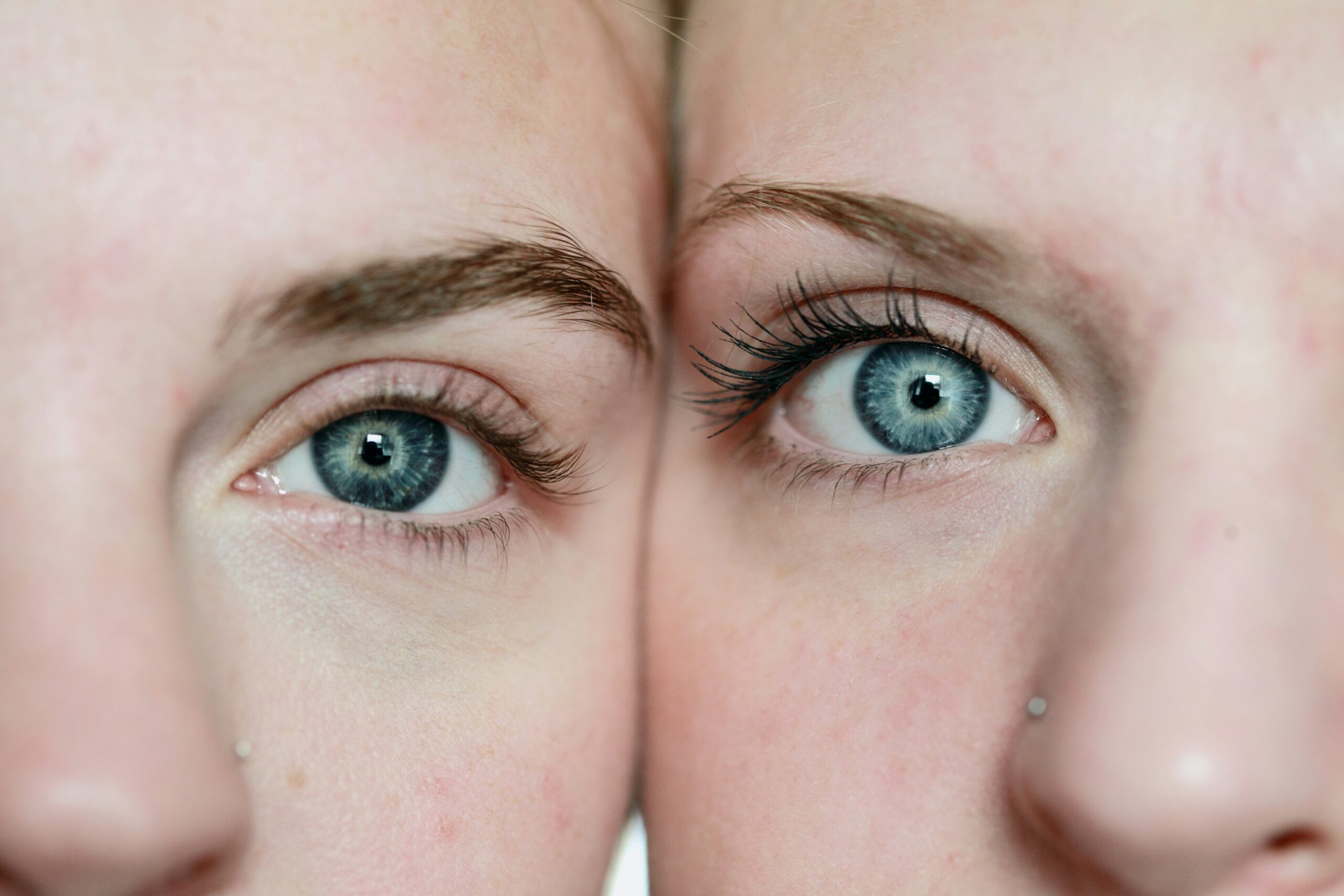
Face sunscreen protects the skin from the effects of overexposure to UV radiation. A UV filter is an ingredient whose primary goal is to block ultraviolet radiation. The level of sunscreen has its own SPF unit. A unit such as SPF determines the level of protection against radiation, which is the etiological factor of sunburn, as well as the trigger for photoallergies. Using an SPF cream![]() with a high level of protection helps minimize the adverse effects caused by the sun. Research has shown that regular use of sun protection products may significantly decrease the risk of skin cancer.
with a high level of protection helps minimize the adverse effects caused by the sun. Research has shown that regular use of sun protection products may significantly decrease the risk of skin cancer.
There is also a genetic predisposition![]() to sunburn, and it is associated with skin cancer. It's essential to be extra careful about sun exposure if you have a family history of skin cancer. You have a higher chance of sun poisoning and its consequences in the form of skin cancer. Skin cancer is most often located on exposed parts of the body. Such a risk is better not to take, but to avoid overexposure to the sun and use sunscreen.
to sunburn, and it is associated with skin cancer. It's essential to be extra careful about sun exposure if you have a family history of skin cancer. You have a higher chance of sun poisoning and its consequences in the form of skin cancer. Skin cancer is most often located on exposed parts of the body. Such a risk is better not to take, but to avoid overexposure to the sun and use sunscreen.
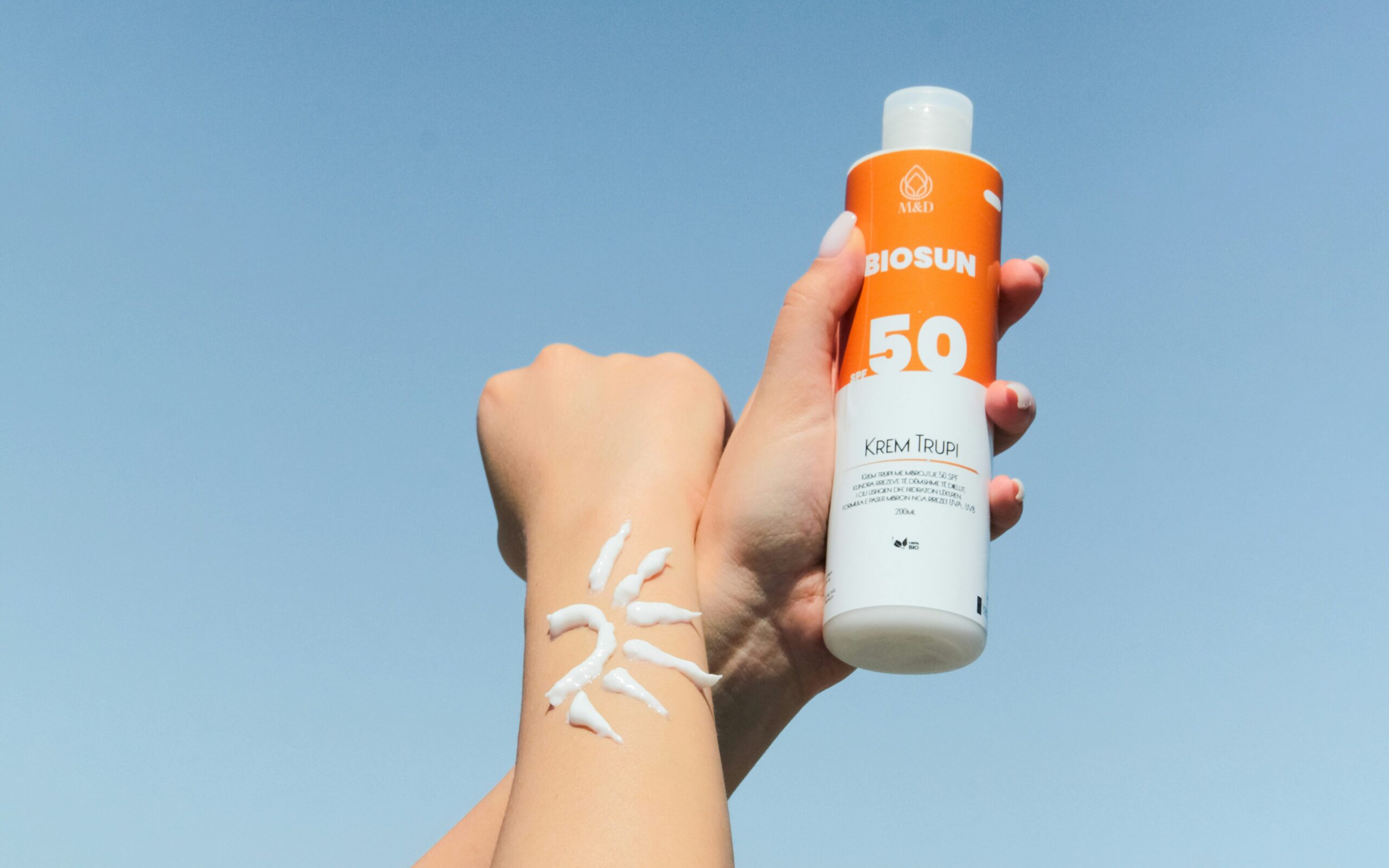
Frequent use of skin scrubs or scrubbing the skin just before sun exposure increases the risk of sun poisoning. It is okay to sunbathe after peeling, but on the condition that the last peeling is done a few days before going out in the sun. Also, do not scrub sun-damaged skin. Wait until the redness disappears. After sunbathing, it is better to use a gentle enzyme scrub that will not irritate the skin.
Sun exposure should be avoided while taking antibiotics, as the drug can cause a photosensitizing reaction![]() . There are several drugs after taking, which do not recommend exposing the skin to the sun. It is tetracyclines and quinolines. They cause phototoxic reactions to appear on the skin, or a photoallergic response can occur. With such antibiotics, avoid the sun and use creams with appropriate UV filters.
. There are several drugs after taking, which do not recommend exposing the skin to the sun. It is tetracyclines and quinolines. They cause phototoxic reactions to appear on the skin, or a photoallergic response can occur. With such antibiotics, avoid the sun and use creams with appropriate UV filters.
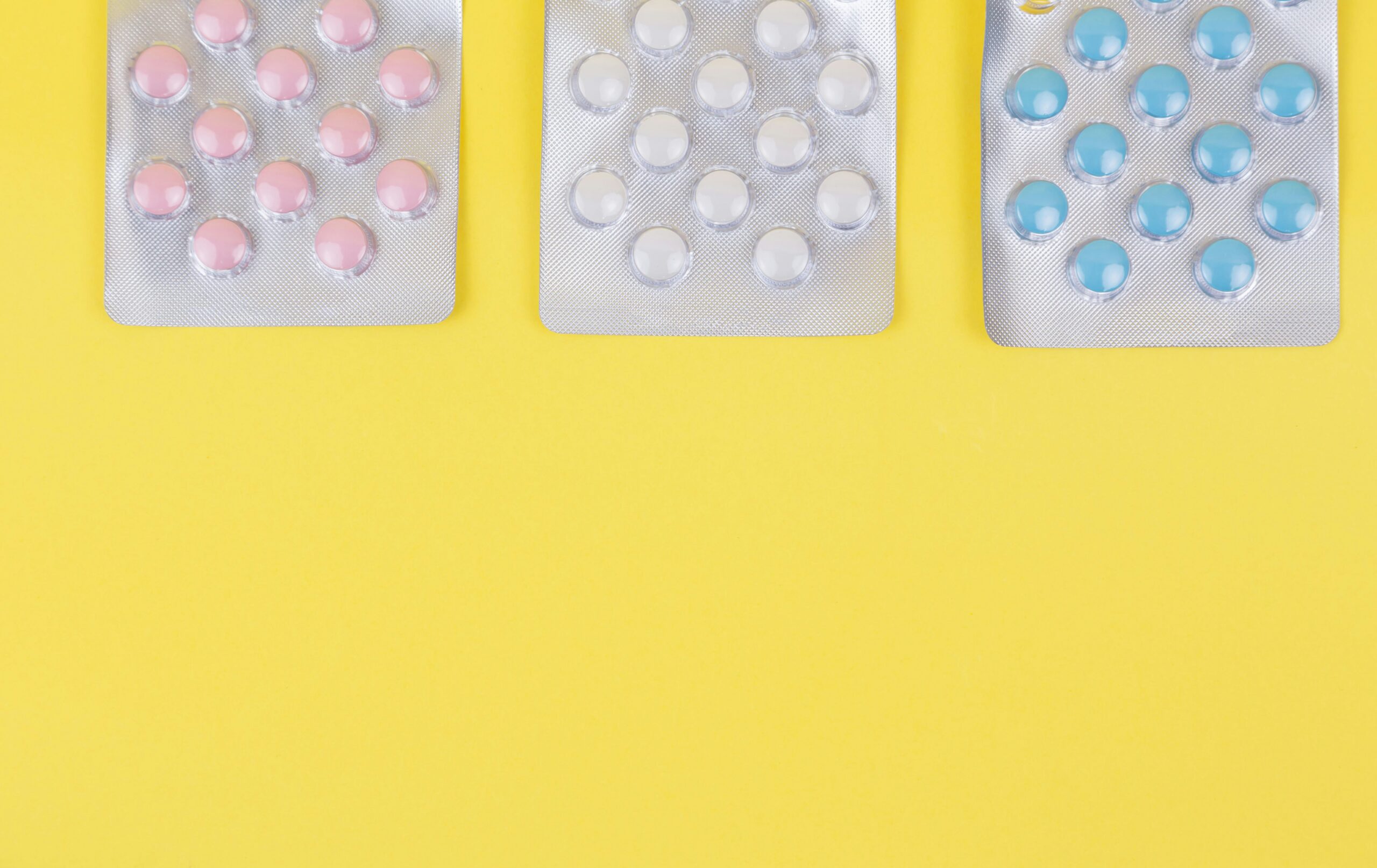
Using the sun while taking birth control pills can contribute to an allergic reaction. Photoallergic eczema may appear on the skin, accompanied by unpleasant symptoms. Also, if you are taking hormonal medication, you should not sunbathe, as it promotes the development of skin pigmentation disorders.
Sun poisoning occurs when too much sunlight triggers an inflammatory reaction in the skin. Cells release tissue hormones, and unpleasant symptoms appear. UVA and UVB rays cause DNA damage![]() , which causes blood vessels to dilate.
, which causes blood vessels to dilate.
Frequent burns can cause skin cancer in the long run. Long-term sun exposure may lead to a burn reaction, affecting all skin layers considerably. The epidermis and dermis are most vulnerable to sun damage. In sun poisoning, histamine and prostaglandin levels increase many times.
When we expose the skin to prolonged sun exposure, our body may act in self-defense, producing histamine![]() , which triggers skin reactions. However, these changes are reversed after 24 hours. However, the skin's recovery process can take much longer with severe sun poisoning.
, which triggers skin reactions. However, these changes are reversed after 24 hours. However, the skin's recovery process can take much longer with severe sun poisoning.
Symptoms of sun poisoning include the following:

The most common symptom of sun poisoning is skin symptoms. The skin is severely red and sore. There may also be swelling, itching of the affected skin, and blistering. Mild burns involve the outer layer of skin. Typical for them is redness and peeling of the epidermis after a few days. More severe burns involve the epidermis and dermis. They are accompanied by redness, swelling, and pain. Blisters filled with serous fluid are also formed. The damage in the most severe burns involves the epidermis, dermis, subcutaneous tissue, and nerves. Skin necrosis occurs, accompanied by a limited pain response, and additional symptoms may also appear.
General symptoms such as nausea and vomiting may occur in more severe burns. There is a general deterioration of mood. Vomiting occurs in response to physiological and pathological stimuli. The physiological reflex is essential in acute poisoning and other situations where it protects the body from harmful substances. It is the body's natural reaction to the adverse effects of an intense burn.
In more severe burns, headaches and dizziness may occur. The cause of these symptoms may be emotional agitation that accompanies pathological changes. If, while in the sun, you begin to experience headaches and weakness, you should get out of sun exposure. Cooling down your body will help eliminate the symptoms and protect you from heat stroke![]() . Cold compresses, spraying yourself with water, and compresses on your head and neck can help.
. Cold compresses, spraying yourself with water, and compresses on your head and neck can help.

Overexposure to the sun and burns can contribute to an overall increased body temperature. Care should then be taken to avoid hyperthermia and sunstroke. Children are often prone to fevers after overexposure to the sun. In such a situation, the body should be cooled down immediately.
Among the most common short-term consequences of overexposure to the sun is dehydration. In cases of sun poisoning, dehydration is often an accompanying symptom. Overexposure to the sun causes fluid loss from the body through excessive sweating. It can cause dehydration, which hurts body function and overall health. Proper hydration of the body should be a priority each day. However, special attention should be paid to it on hot days.
Several psychotic symptoms, such as disturbance or loss of consciousness, can occur after excessive sun exposure. There are studies on the relationship between the effects of sun exposure and psychotic experiences![]() . There are suspicions that psychotic symptoms may occur after excessive sun exposure. However, more research is needed to confirm the integrity of this hypothesis. However, it should be remembered that sun poisoning can cause fainting and even coma.
. There are suspicions that psychotic symptoms may occur after excessive sun exposure. However, more research is needed to confirm the integrity of this hypothesis. However, it should be remembered that sun poisoning can cause fainting and even coma.
If worrisome symptoms accompany sun poisoning, you should see a doctor. It is essential in cases of dehydration and loss of consciousness. It is better not to underestimate the effects of the sun on the body, as it can even result in dangerous heat stroke. Diagnosis and the appropriate treatment choice depend on the burn level. Usually, four levels of sunburn are distinguished.

It is the mildest type of sunburn. The epidermis's outer layer is burned, associated with redness and pain. The wounds usually heal without leaving scars. Small blisters may occur. In this case, you can expect a very short recovery period. The lesions typically disappear even within a few days. However, it is essential to remember to dress the wound appropriately and prevent it from becoming infected.
The epidermis and the upper structure of the dermis are damaged. Severe erythema appears on the burned area and often blisters with serous fluid. In addition to the skin and epidermis, additional damage is done to nerve endings. Thus, in these cases, the pain is not so severely felt. The skin becomes white with visible red spots. Symptoms of second-level burns also include fever and different additional symptoms. Discoloration often remains on the skin after the healing period, which lasts up to 14 days.
Burns of this level are much more severe. They also involve nerves and blood vessels. There is often tissue necrosis and loss of skin elasticity. They can leave not only scars but also burned skin, which may need transplantation. Medical intervention is required as soon as possible. Damage to nerve endings can cause abnormalities in sensation in the burn area and impaired response to touch.
For the most severe level of burns, hospitalization of the patient is usually necessary. The fourth level involves burns of the total thickness of the skin, during which the tissues underlying the subcutaneous tissue, namely muscles, tendons, bones, and joints, are burned. The characteristic image of this burn is charred body parts. The extreme type of burn is tissue charring. The necrosis covers all tissues down to the bone. Internal organs, muscles, and tendons can then be seen. This level of burn is unlikely to involve exposure to the sun. Most often, it results from prolonged exposure to fire or electrical burns.
Treatment of sunburn depends on its level. You can take care of first-degree burns yourself, although it is always best to seek medical consultation. Sunburns cause pain and discomfort and can also hurt the skin in the long term. Long-term exposure to UV radiation contributes to premature skin aging, wrinkles, discoloration, and loss of elasticity. By introducing appropriate treatment, we stop the process of tissue damage, which, if untreated, can cause much more severe skin problems. The following treatments are used in burns:
Mild forms of burns can be cured entirely with special burn creams. Such creams usually contain healing substances such as vitamin E, allantoin, amino acids, aloe vera, D-panthenol, and shea butter. Calamine lotion![]() can also be soothing for burns. Ointment, gel, and cream for burns mean skin regenerates faster. Using the mentioned preparations, you can protect damaged tissues from external irritants. Burn cream, ointment, or gel relieves pain and itching.
can also be soothing for burns. Ointment, gel, and cream for burns mean skin regenerates faster. Using the mentioned preparations, you can protect damaged tissues from external irritants. Burn cream, ointment, or gel relieves pain and itching.
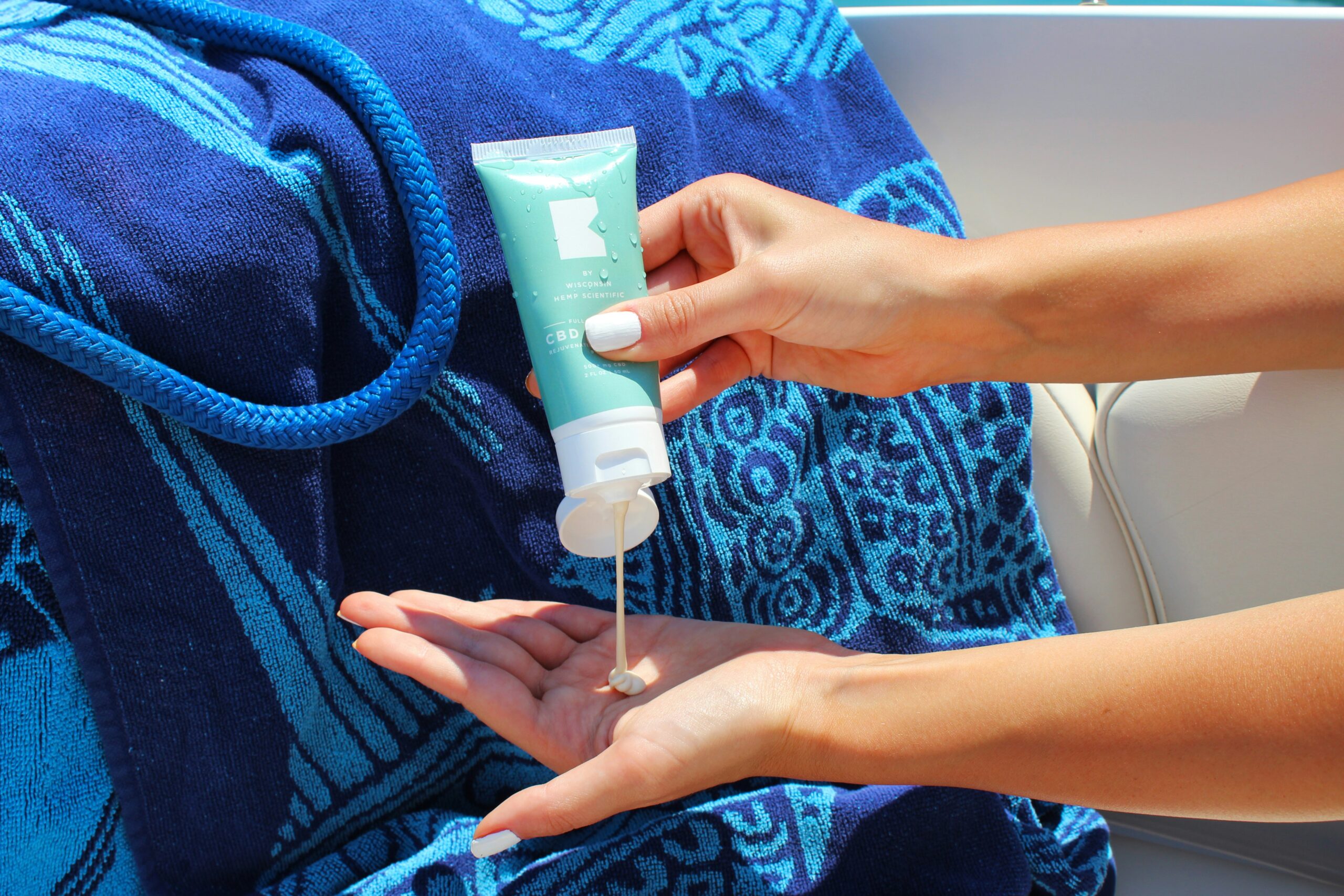
Cooling the skin is very helpful for sunburn. Thus, a cool shower or bath can guarantee such an effect. However, be careful that the water is not too cold, as thermal shock can occur. Sunburned skin can be gently and gradually cooled by pouring cool water over it for 15-20 minutes or using cool compresses![]() . There are also special cooling preparations. A topical cooling preparation can help first-degree skin burns caused by excessive tanning and tanning bed use. Cooling works by constricting blood vessels and reducing swelling.
. There are also special cooling preparations. A topical cooling preparation can help first-degree skin burns caused by excessive tanning and tanning bed use. Cooling works by constricting blood vessels and reducing swelling.
Moisturizing dry and damaged skin is also essential for burns. Moisturizing the area after a minor burn will help speed up skin recovery. Adequate moisturization of the wound is necessary to speed up the healing process. A moist environment![]() delays the formation of a scab on the wound surface and accelerates the formation of a new epidermis. However, care should be taken not to apply preparations containing iodine or alcohol to the wound surface due to their irritating and drying effects.
delays the formation of a scab on the wound surface and accelerates the formation of a new epidermis. However, care should be taken not to apply preparations containing iodine or alcohol to the wound surface due to their irritating and drying effects.
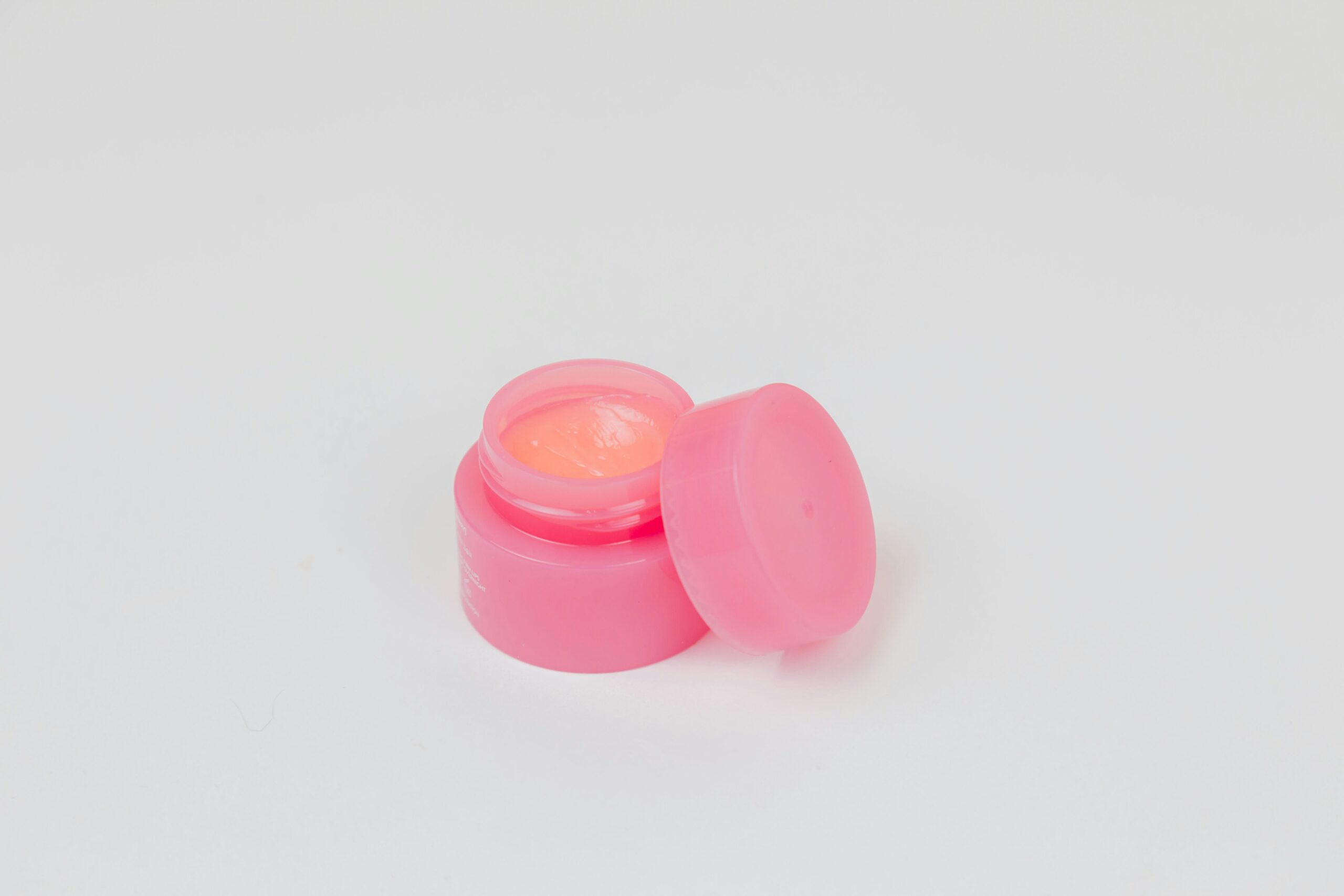
In mild burns, oils, and oil baths can be used to soothe damaged and reddened skin. Some essential oils contain compounds that reduce sunburn symptoms and promote healing. Cooling essential oils such as peppermint oil![]() or lavender oil can then be used to minimize pain. Even inhaling the aroma of essential oils can also help relieve burn pain. However, more than these remedies may be required for more extensive burns. Skin irritation is the most common side effect associated with using essential oils, so caution is advised.
or lavender oil can then be used to minimize pain. Even inhaling the aroma of essential oils can also help relieve burn pain. However, more than these remedies may be required for more extensive burns. Skin irritation is the most common side effect associated with using essential oils, so caution is advised.
For a moderate type of sunburn, particular burn medications will be needed. In addition to lotions, skin-cooling suspensions, medium-potency steroid preparations, and topical preparations of the nonsteroidal anti-inflammatory drugs![]() group are indicated. Steroids have potent anti-inflammatory effects. They reduce inflammation and make the body stop attacking its cells. These drugs can also have antipruritic and vasoconstrictive impacts on blood vessels.
group are indicated. Steroids have potent anti-inflammatory effects. They reduce inflammation and make the body stop attacking its cells. These drugs can also have antipruritic and vasoconstrictive impacts on blood vessels.
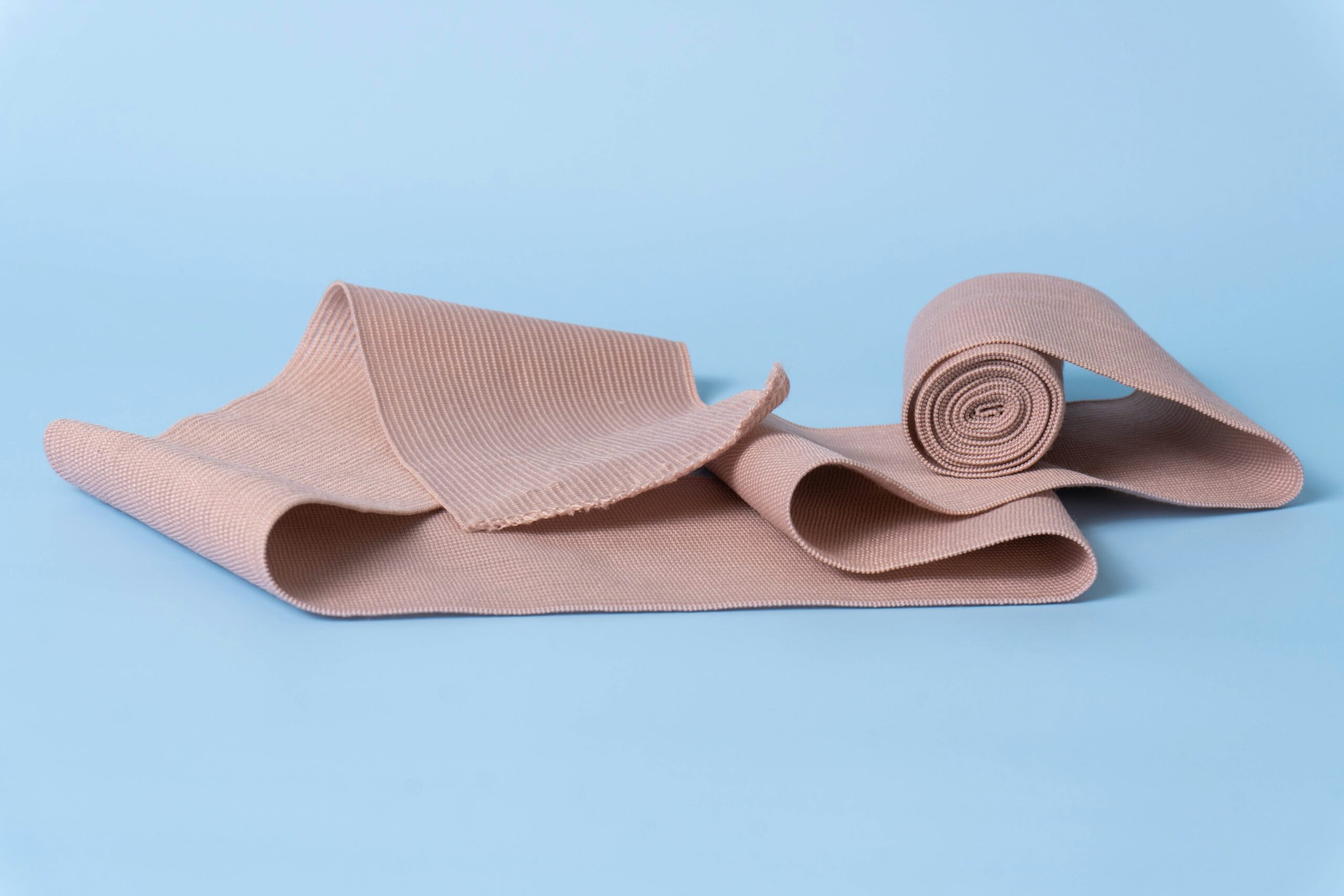
In more severe cases of sun poisoning, applying a dressing and moist gauze![]() to the skin may be necessary. The burned area should be treated with a knitted bandage, making sure to change the dressing at least once and preferably three times. If a second-degree or more extensive burn and blisters with serous fluid have appeared on the skin, they must not be perforated. These blisters protect against infection by acting as a natural compress. One reaches for a dressing with s**********************t, sulfathiazole, or bacitracin for severe burns.
to the skin may be necessary. The burned area should be treated with a knitted bandage, making sure to change the dressing at least once and preferably three times. If a second-degree or more extensive burn and blisters with serous fluid have appeared on the skin, they must not be perforated. These blisters protect against infection by acting as a natural compress. One reaches for a dressing with s**********************t, sulfathiazole, or bacitracin for severe burns.
Sun poisoning very often results in dehydration![]() . A dehydration condition is when the body's water level drops to the point where it is difficult for the body to function correctly. A prolonged state of dehydration threatens our lives and is especially dangerous for children. Care should be taken to hydrate the body by drinking plenty of water. Those suffering from severe sunburn may take risks of fluid and electrolyte loss. In such cases, the use of a crystalloid solution may be necessary.
. A dehydration condition is when the body's water level drops to the point where it is difficult for the body to function correctly. A prolonged state of dehydration threatens our lives and is especially dangerous for children. Care should be taken to hydrate the body by drinking plenty of water. Those suffering from severe sunburn may take risks of fluid and electrolyte loss. In such cases, the use of a crystalloid solution may be necessary.
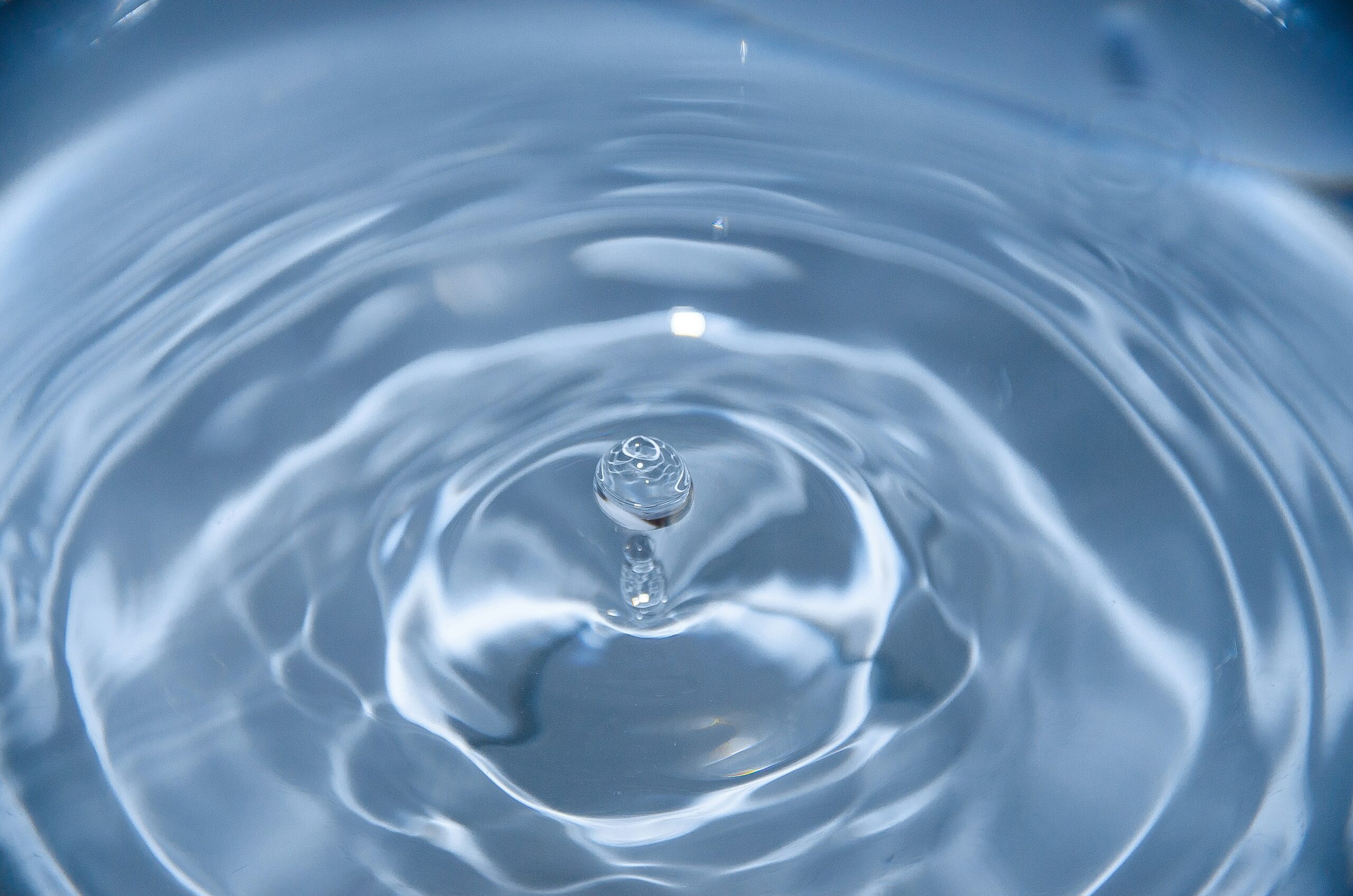
The worst complication of frequent sunburns and sun poisoning is skin cancer. People who have a family history of skin cancer are especially prone to this disease.
Skin cancer – Malignant neoplasm that develops in multiple stages and often gives distant metastases. Precancerous changes, such as keratosis of the skin and different changes in the appearance of the epidermis, usually precede the disease. Basal cell carcinoma is a disease, a common type of skin cancer, and is characterized by a progression over several years. Less common is cutaneous squamous cell carcinoma, which progresses more rapidly. The least promising type of skin cancer is melanoma.
Skin malignancies belong to the most numerous group of malignant oncological diseases. Therefore, preventing frequent and long-term sunbathing is recommended if you want to avoid cancer. Sunscreen creams should be used all year round, even in winter. Inspecting and analyzing the appearance of skin nevi and moles is also a good idea. Inspection of nevi and moles can be done professionally by a dermatologist.

To avoid sun poisoning, it is essential to protect the skin from sun exposure adequately. It should be taken care of, especially by people at risk, who are at higher risk of sunburn. It should be taken care of to avoid getting skin cancer![]() .
.
Protective methods include covering the body with clothing before sun exposure. Areas of the body such as the ears, face and, scalp, neck, back, and décolletage are particularly vulnerable to burns. Use sunscreen on exposed areas of the body and avoid direct sunlight, especially when the sun is strongest. Infants and young children should be especially protected against sun exposure, which parents and caregivers should take care of. It should also be remembered that tanning beds are no safer than tanning in the sun.
Sun poisoning is otherwise known as severe sunburn and solar dermatitis. It is the most common condition caused by overexposure to UV radiation. Depending on the radiation dose and the resulting symptoms, specialists have distinguished several levels of sunburn. The extent of the burn depends on the type of skin and the duration and intensity of exposure to light.
Painful redness, including swelling, itching of the affected skin, and possible blistering, are some symptoms of sunburn. Sunburn also causes nausea, vomiting, headache, dehydration, and impaired consciousness. Light-skinned people are particularly prone to such problems. It is, therefore, worth ensuring you have an excellent sunburn ointment and different medications in your home pharmacy.
Depending on the severity of the burn, cooling compresses, painkillers, creams, and lotions are used to relieve itching. Experts warn that exposure to excessive doses of sunlight is harmful to health and can cause cancer. Sunburn increases the risk of skin cancer.
Table of Contents

Sunburn is the result of the adverse and long-term effects of solar radiation on our skin. Are they dangerous? How… read more »
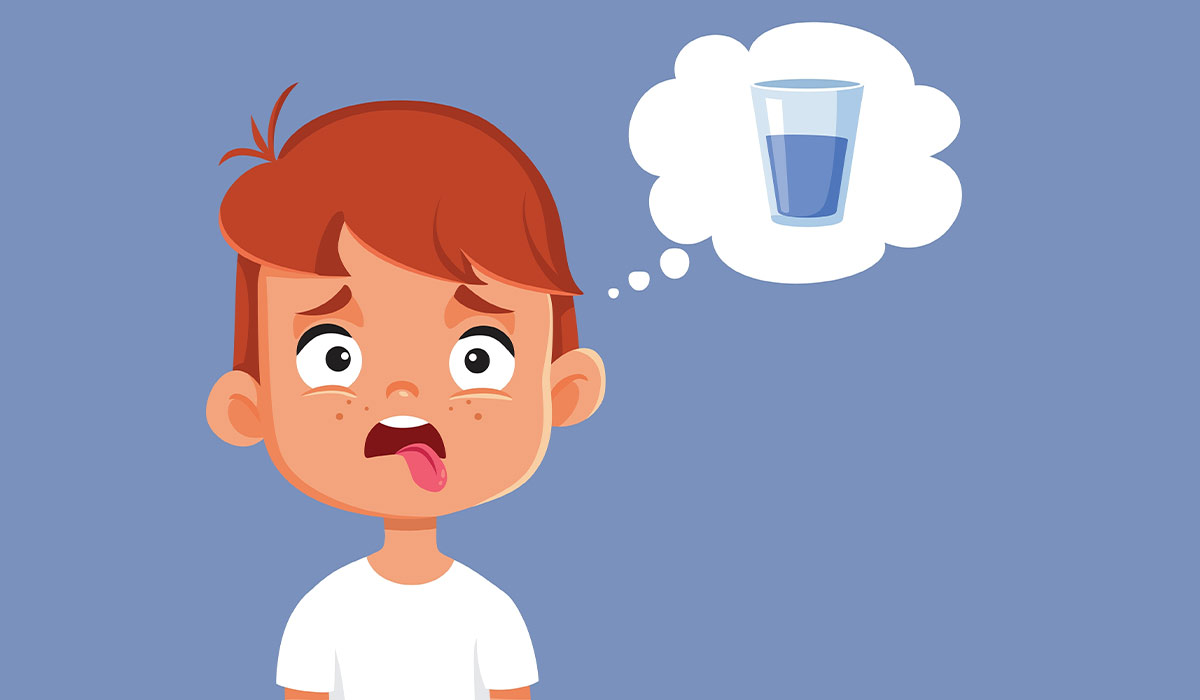
Dehydration can cause many negative health effects. It is a common problem in children and seniors. Learn how to recognize… read more »
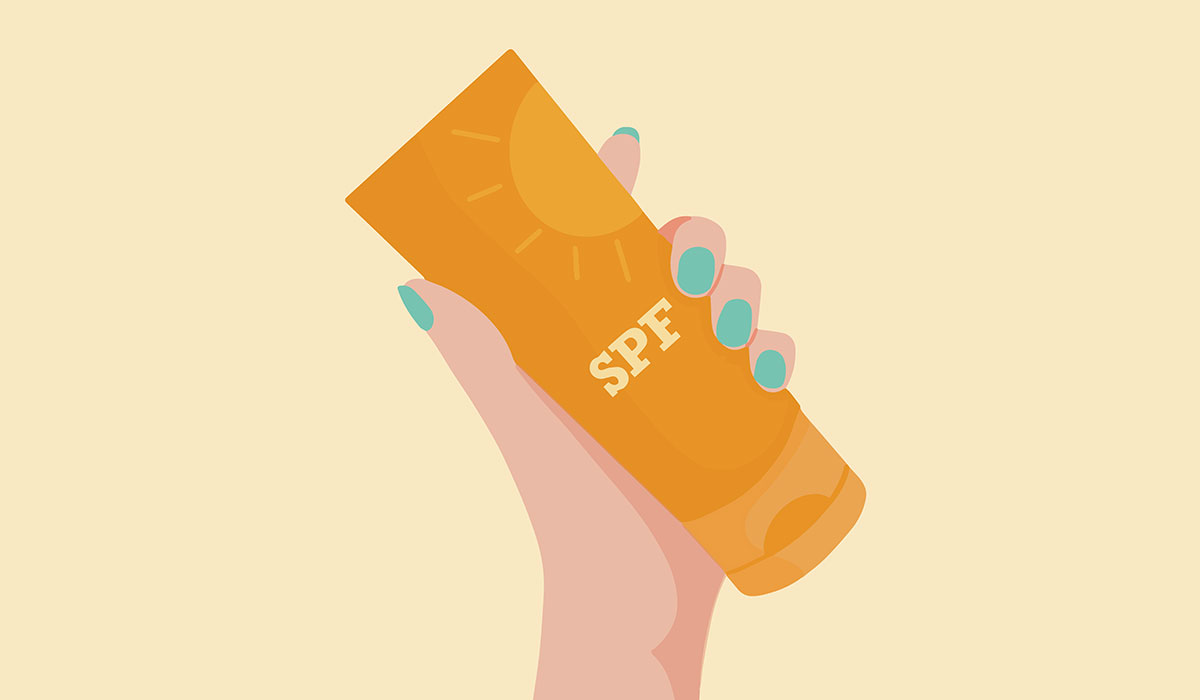
SPF is a measure of how well a sunscreen protects the skin from UVB rays, the type of ultraviolet radiation… read more »
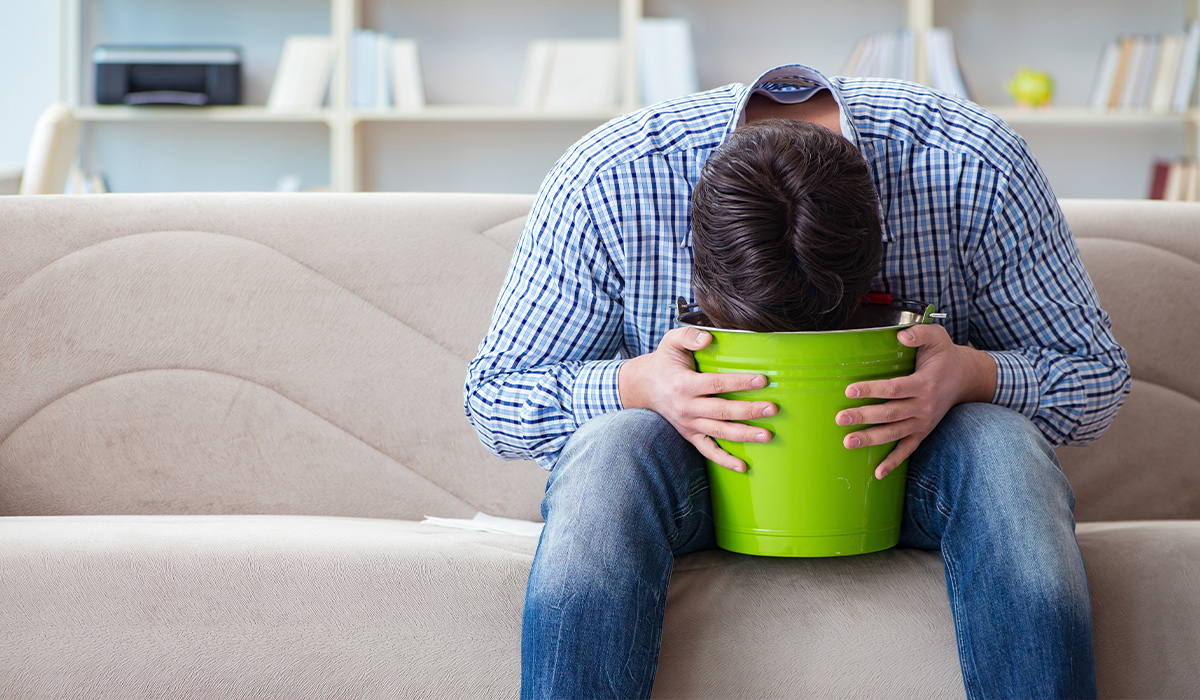
If food is spoiled, undercooked, or contains certain types of bacteria, toxins, or other harmful substances, it may cause food… read more »

Hot weather can be hazardous to health. The human body can naturally defend itself against heat, but it may not… read more »
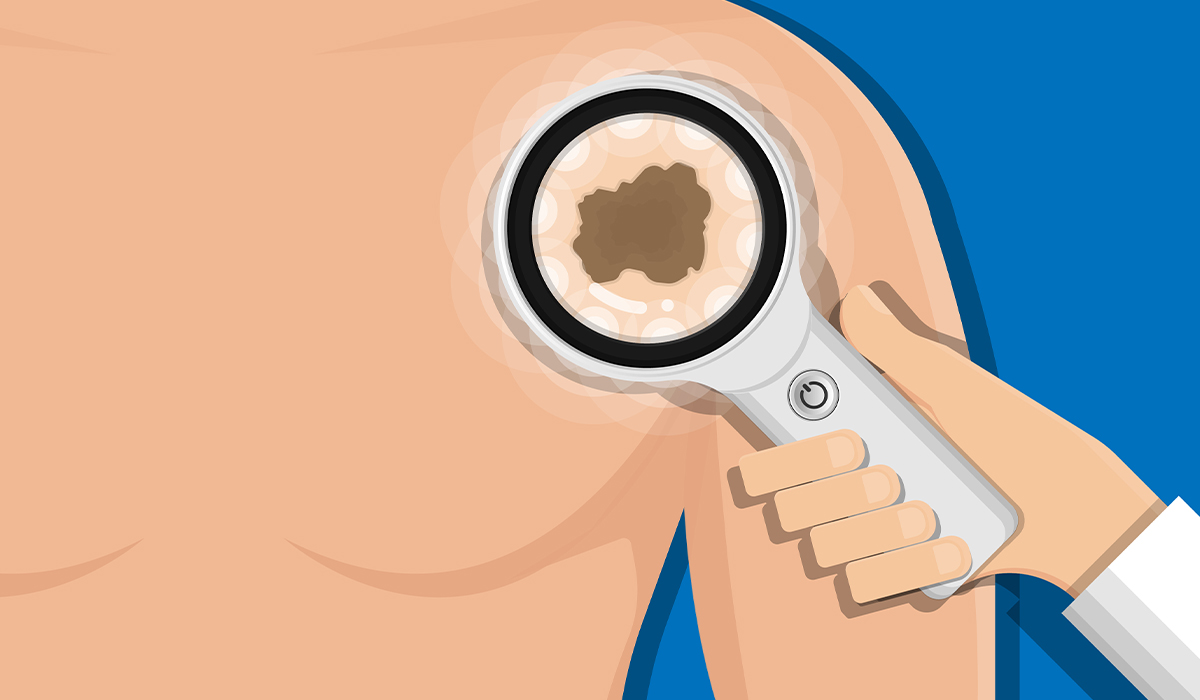
Squamous Cell Carcinoma is a type of skin cancer that comes from the squamous cells in the top layer of… read more »
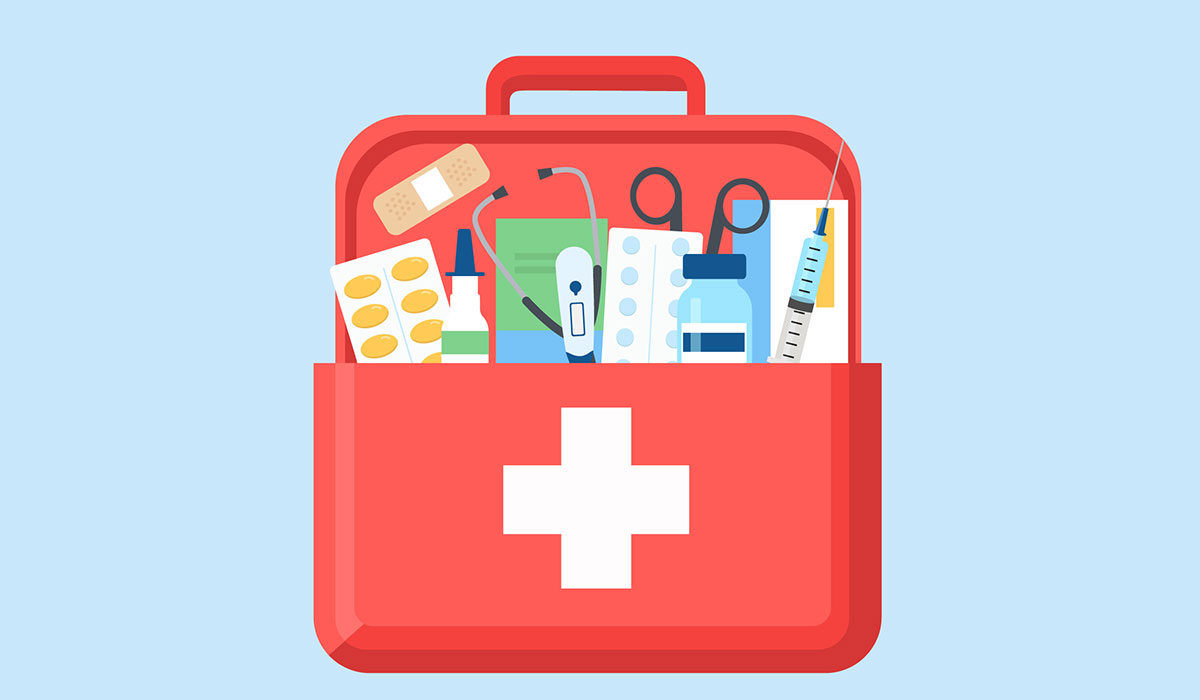
First aid is the immediate care given to someone who is injured or ill, before professional medical help arrives. What… read more »
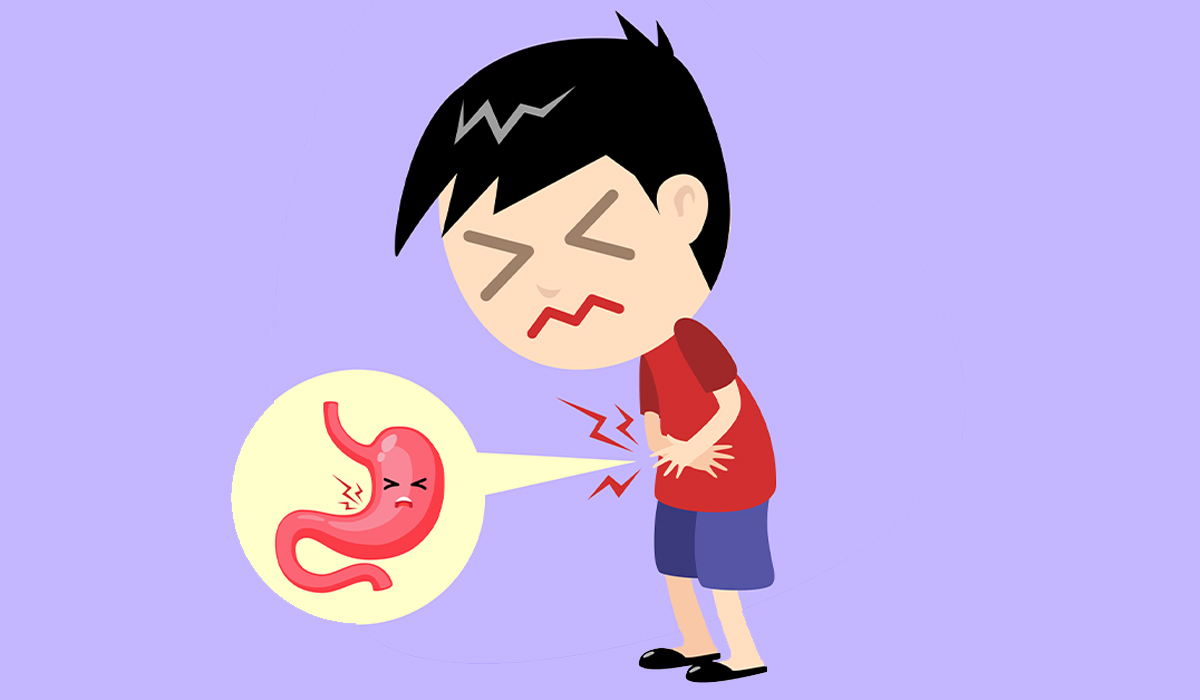
Gastroenteritis is a diarrheal disease. Viral infections are a common cause. How to recognize it? How is gastroenteritis treated? read more »

Basal cell carcinoma (BCC) is a form of cancer that develops in basal skin cells. It usually appears on the… read more »